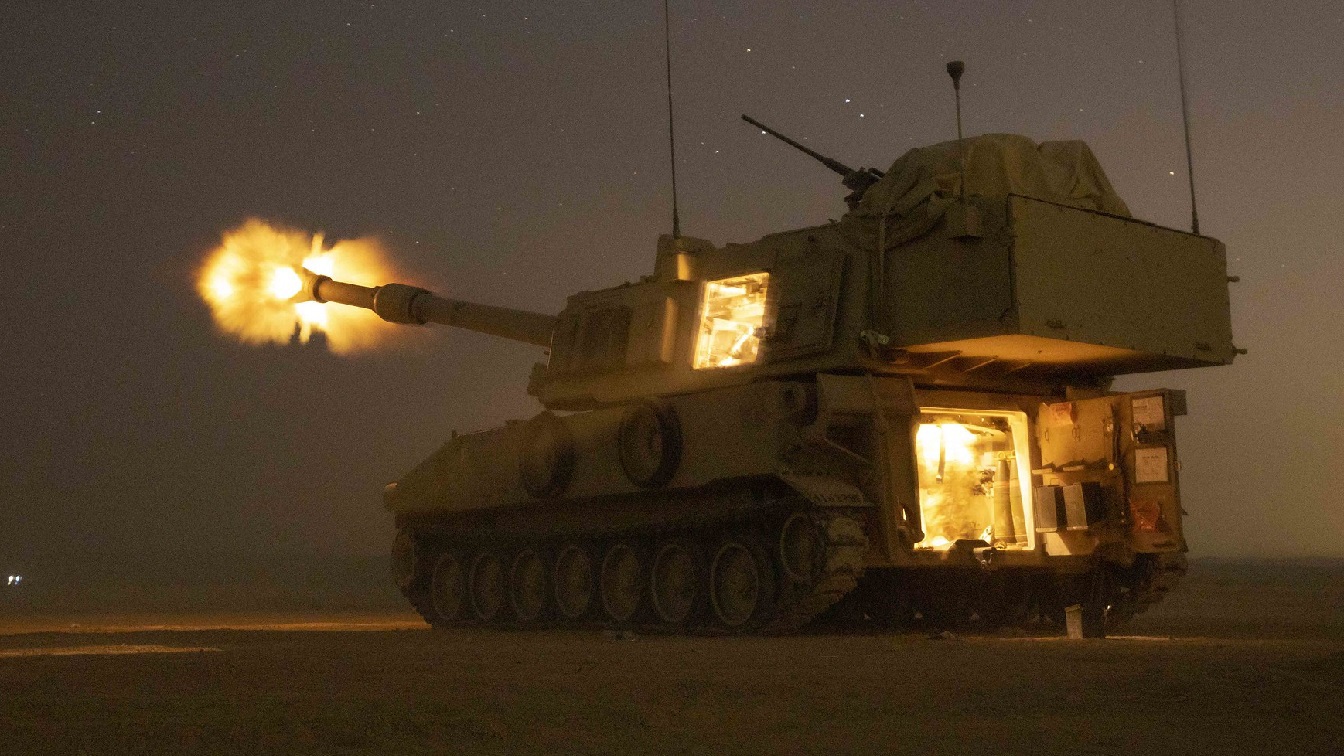US Troops On Alert For Eastern Europe, Balkans As Ukraine Tensions Grow: With tensions in Ukraine heightening due to fears of a Russian invasion, Pentagon spokesman John Kirby said that the United States has placed 8,500 troops on alert for possible quick deployment on short notice to Eastern Europe or the Balkans.
The troops were ordered to a higher alert status on orders from President Joe Biden and would be part of NATO’s Response Force (NRF), but Kirby added that Defense Secretary Lloyd Austin wanted to ensure that they would be “postured to be ready for any other contingencies as well… What’s happening now is getting them ready on a shorter tether,” Kirby said. The NRF is comprised of about 40,000 troops.
“It’s very clear the Russians have no intention right now of de-escalating,” Kirby said during a Monday afternoon press conference. “What this is about, though, is reassurance to our NATO allies.” However, the US troops are not scheduled to deploy to Ukraine itself.
The NATO Response Force “is a highly ready and technologically advanced multinational force made up of land, air, maritime, and Special Operations Forces (SOF) components that the Alliance can deploy quickly, wherever needed.”
The alert announcement includes brigade-size combat teams, logistics, medical, aviation, as well as troops involved with intelligence, reconnaissance, and surveillance. On Sunday, President Biden was reportedly mulling the deployment of troops, planes, and warships to bolster NATO allies in Eastern Europe and the Balkans.
This abrupt change by the administration, which had been taking a moderated stance on Ukraine, as they’ve tried to enter negotiations with the Russian government of President Vladimir Putin, but those talks have thus far gone nowhere. The reaction to support Ukraine, which is not part of the NATO alliance is a sign that NATO is now showcasing a united front, something the president and other Western leaders said on Monday.
Western leaders conducted a video conference where they preached unity among the alliance. “I had a very, very, very good meeting – total unanimity with all the European leaders,” President Biden said, adding that there was “total unanimity” with NATO. Joining the president in Monday’s talks were the leaders of the U.K., France, Germany, Italy, Poland, and the EU. The head of NATO, Jens Stoltenberg also was a participant.
The one-hour-twenty-minute meeting was designed to get all of NATO to agree on a strategy if the Russians do invade Ukraine, which wants to join the alliance. The meeting was also to present a united front after the alliance seemed to be waffling, with many countries showing differing reactions to how the West would respond.
The president met with members of his cabinet and the Pentagon at Camp David over the weekend to discuss several options which would hopefully deter the Russians from invading Ukraine but would put U.S. troops in much closer proximity to Russian troops, something they’ve sought to avoid.
Russia currently has up to about 127,000 troops surrounding Ukraine on three sides after Putin said that NATO’s expansion east was a threat to Russian security and Ukraine was a red line for Moscow. The president said on January 20, in marking his first year in office, that he believed that Russia would attack.
“My guess is he (Putin), will move in, he has to do something,” Biden said.
The alert order is not a deployment order but has the U.S. troops ready to move on short notice. Pentagon spokesman Kirby added that this was “really about reassuring the eastern flank of NATO. It’s also about proving how seriously the United States takes our commitment to NATO and to the Article Five commitment inside NATO.”
Meanwhile, the State Department issued an authorization for the reduction of non-essential staff and family members from the U.S. Embassy in Kyiv. The State Department issued this guidance out of an “abundance of caution” and that the threat to U.S. personnel in the country has not increased in Ukraine, however, the threat of a Russian invasion remains very high.
The U.K has also advised its non-essential staff to leave, but the EU has ordered its people to remain in place. EU foreign policy chief Joseph Borrell said he would not “dramatize” the situation.
Steve Balestrieri is a 1945 National Security Columnist. He has served as a US Special Forces NCO and Warrant Officer before injuries forced his early separation. In addition to writing for 1945, he covers the NFL for PatsFans.com and his work was regularly featured in the Millbury-Sutton Chronicle and Grafton News newspapers in Massachusetts.

